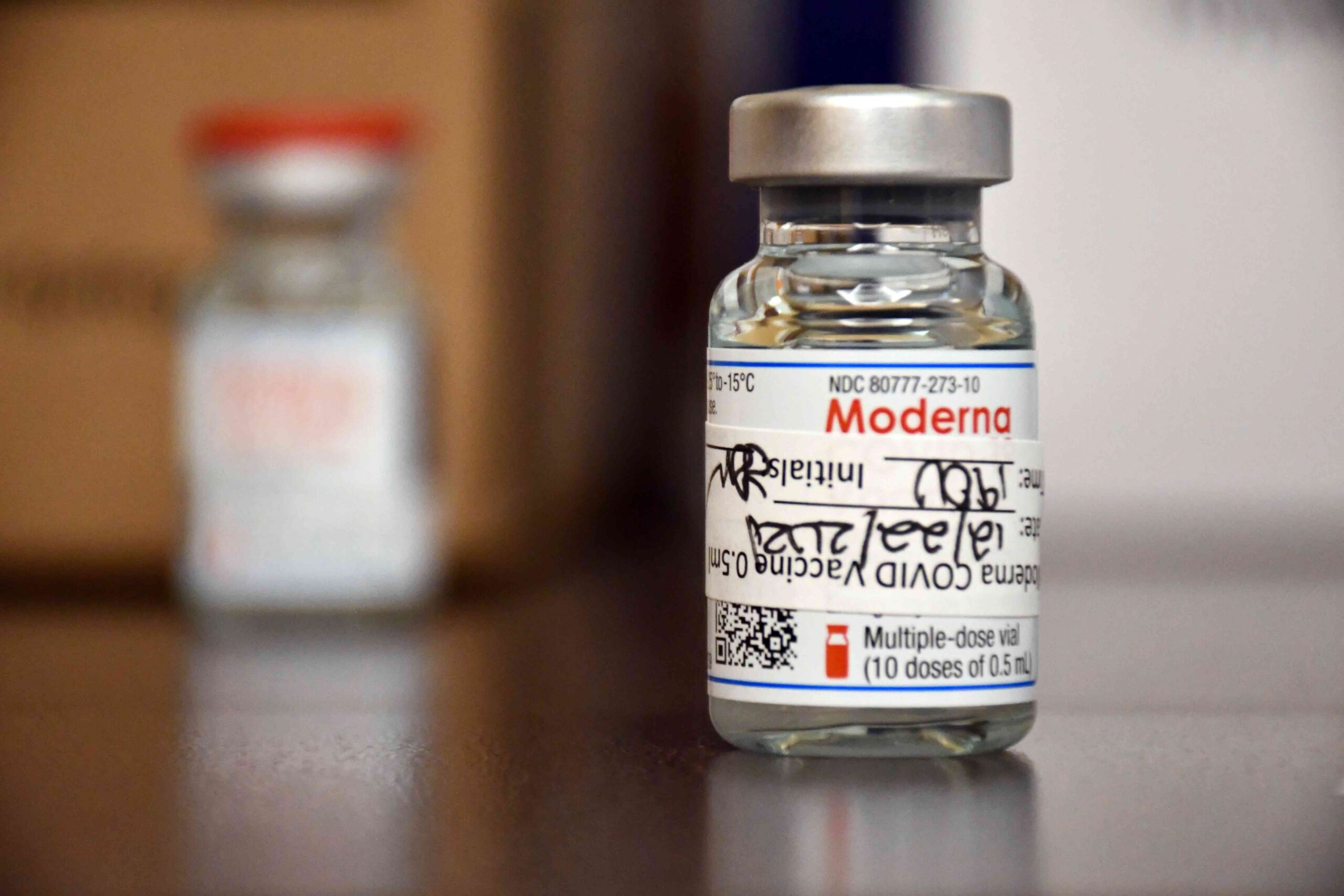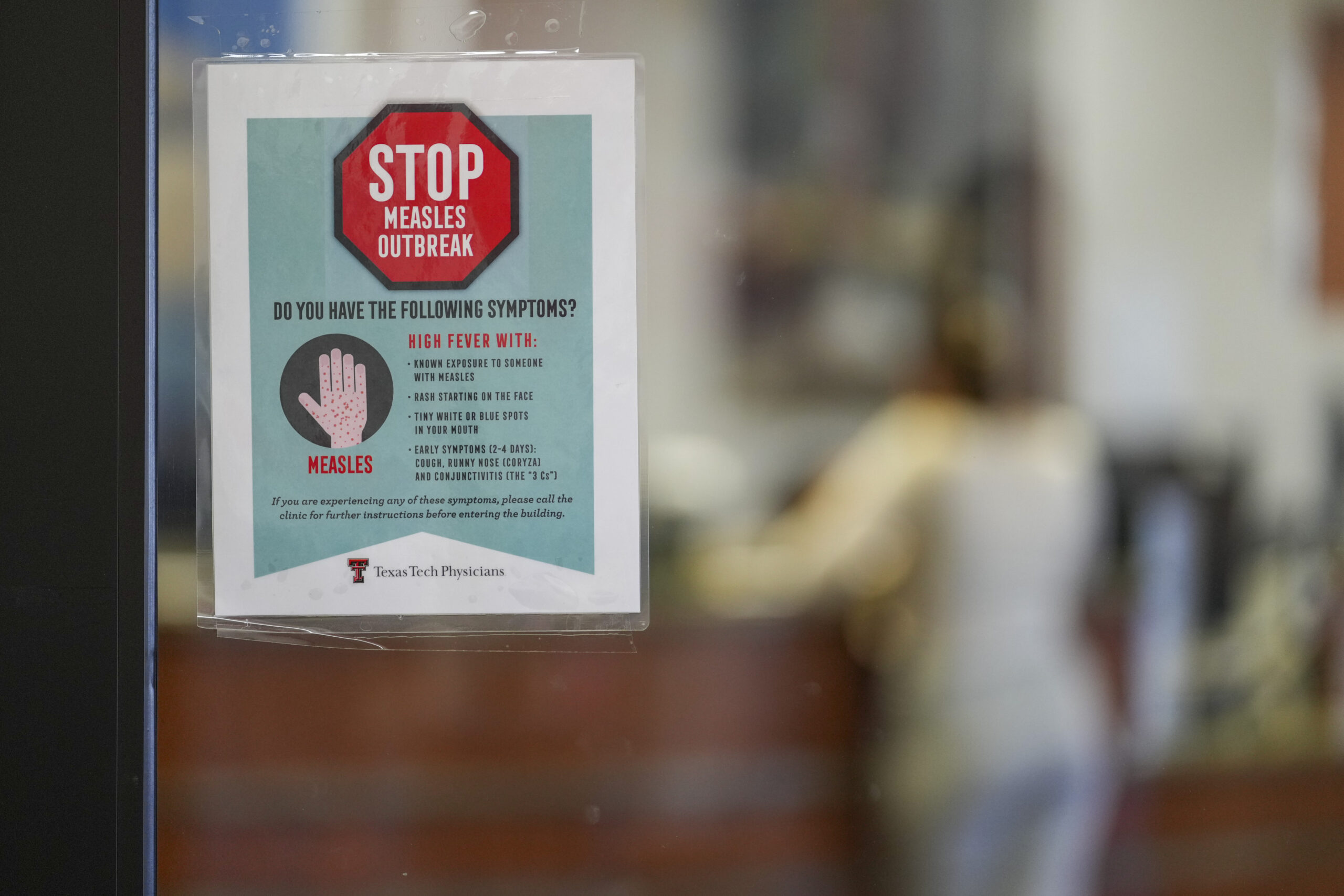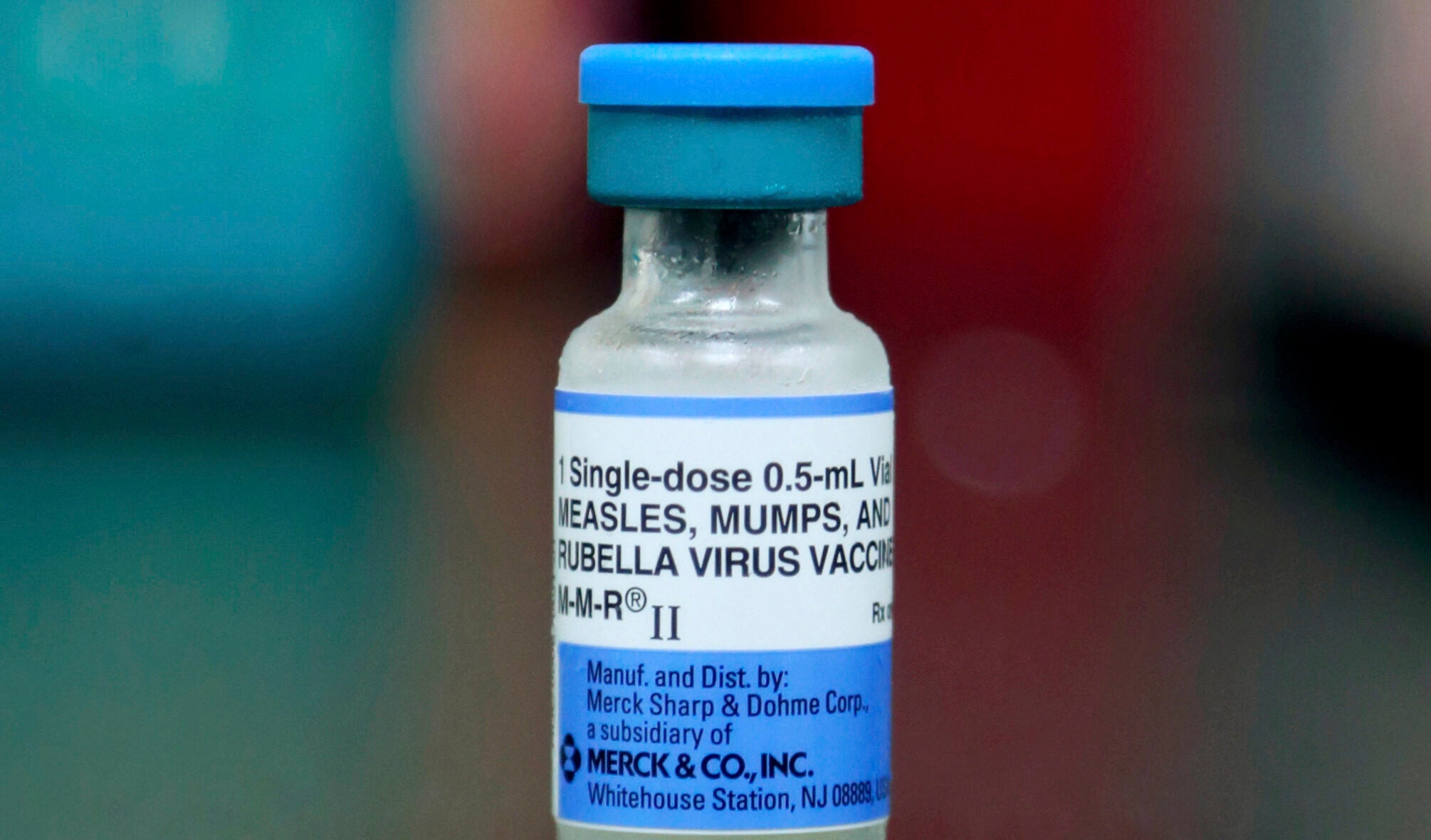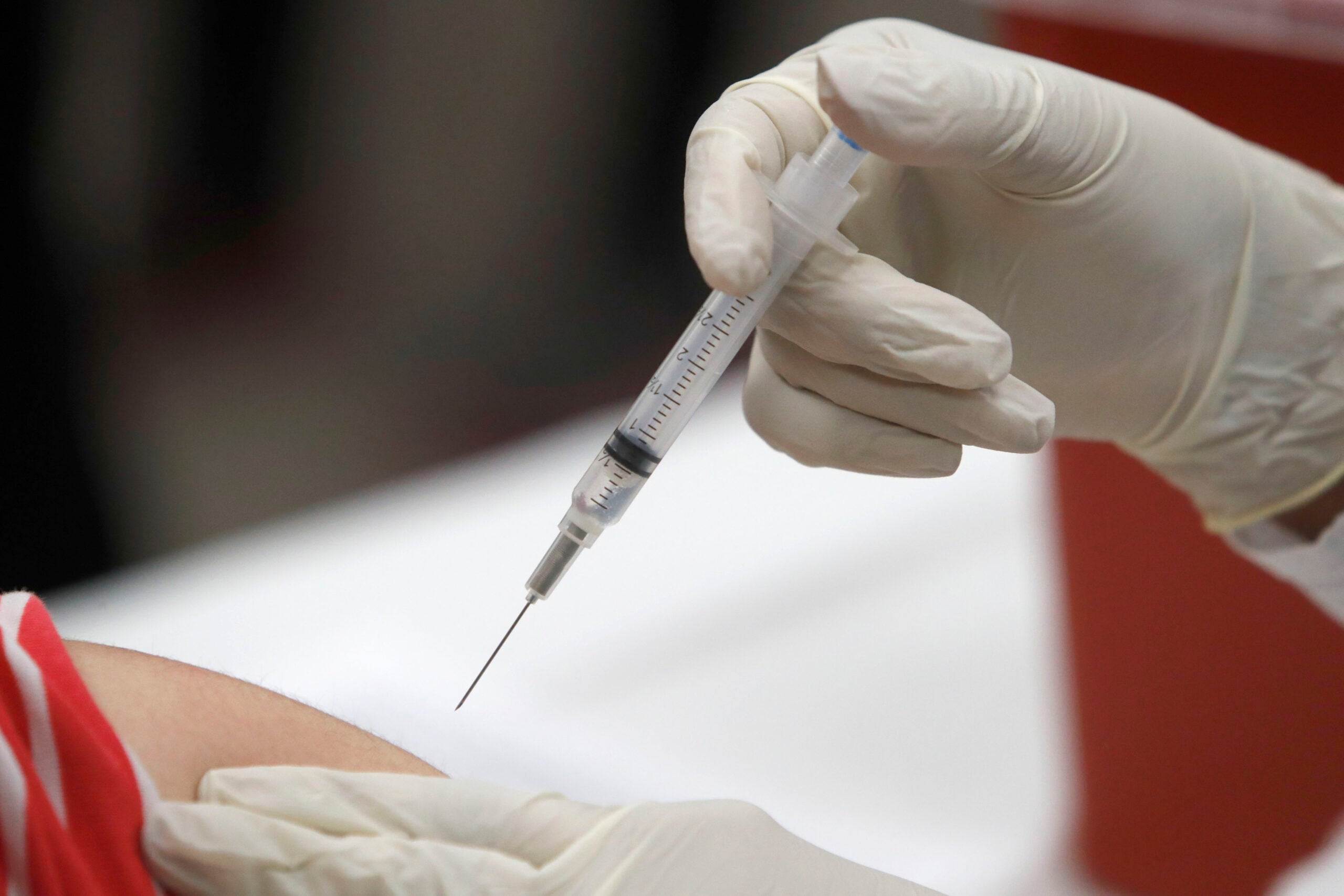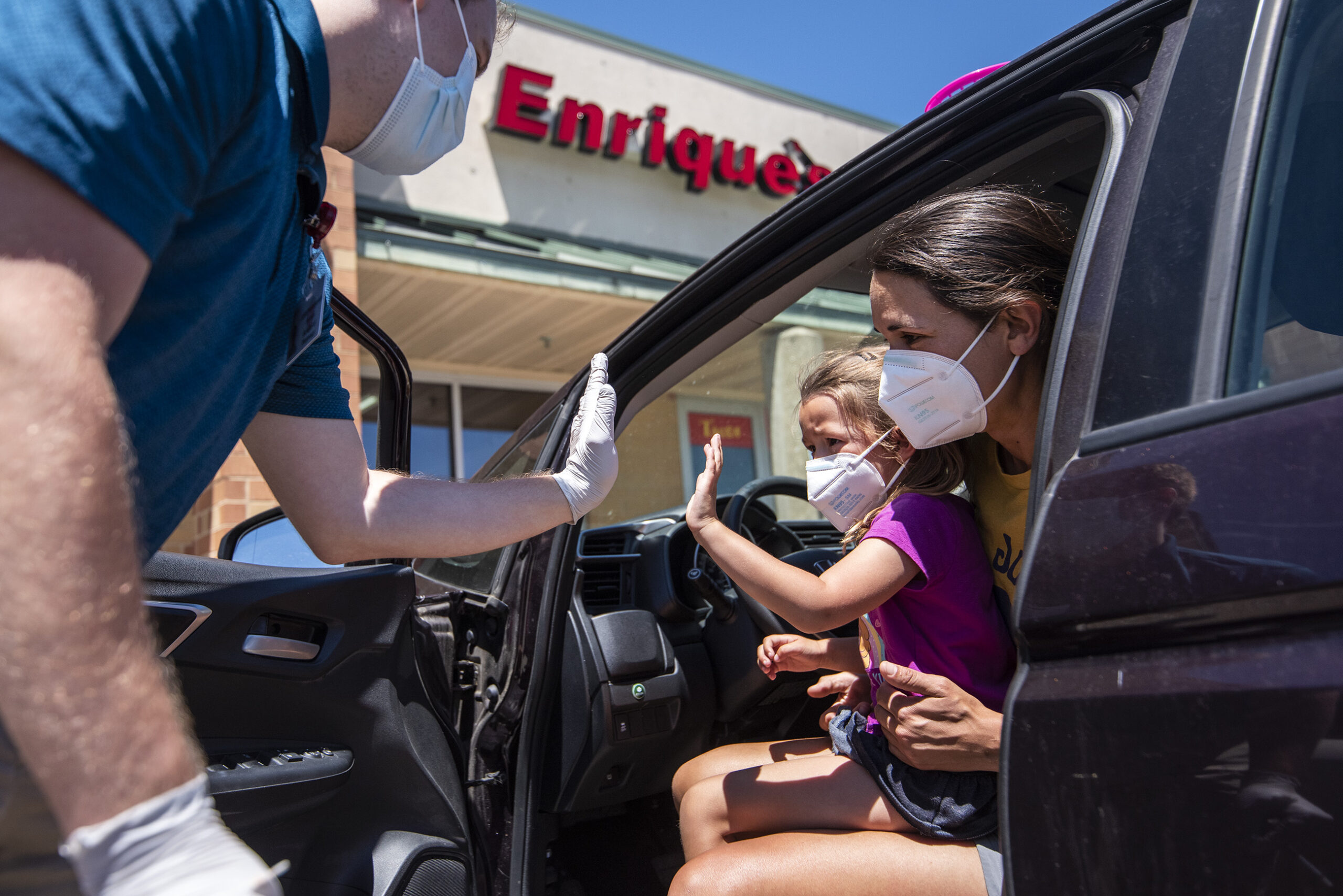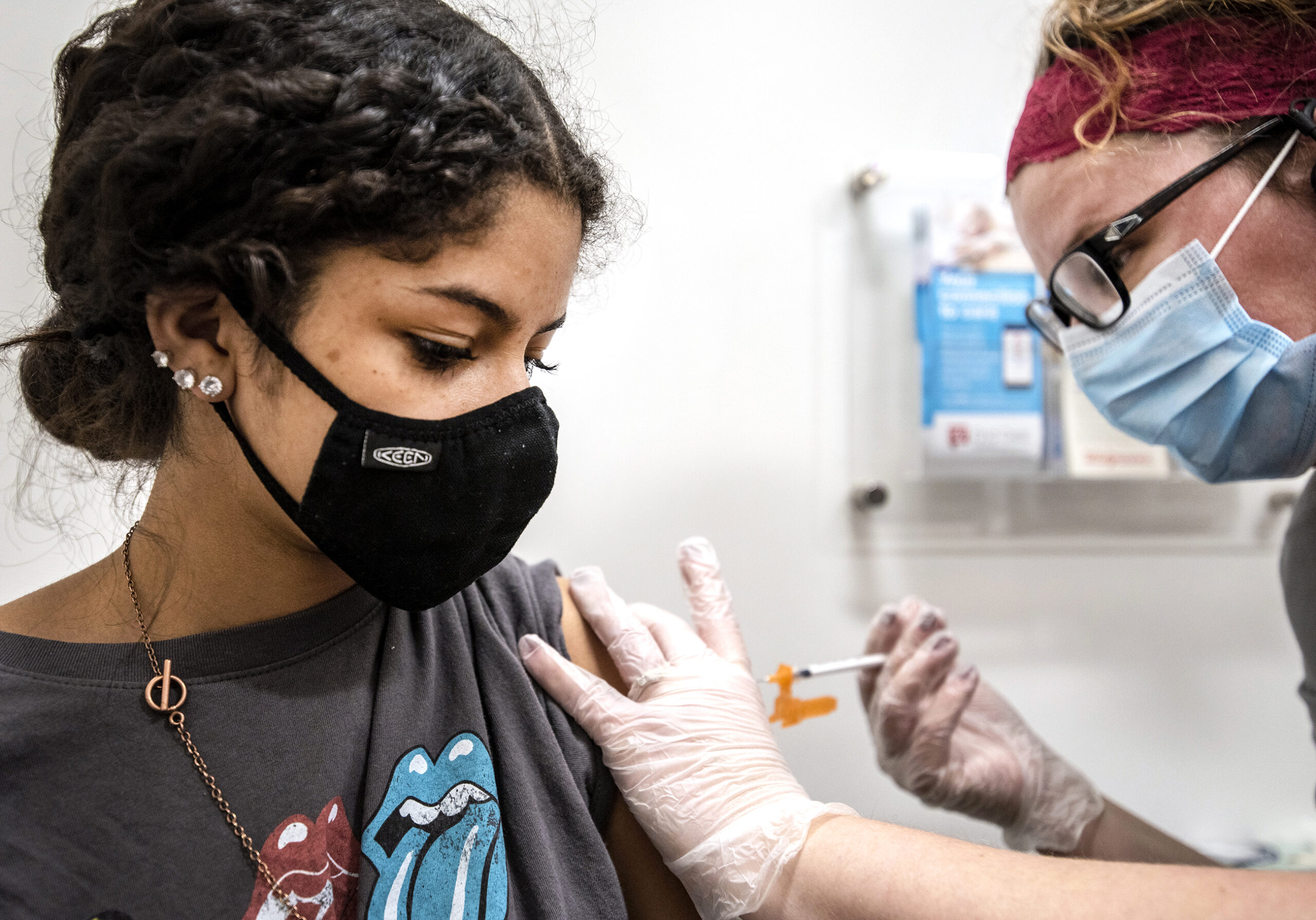Health officials in Wisconsin have released more information about who is — and who isn’t — receiving the COVID-19 vaccine.
As of Thursday, more than 11 percent of Wisconsinites had received at least one dose of vaccine. But as few as 3 percent of Black and Hispanic residents fell into that category, according to new data from the state’s Department of Health Services. Furthermore, records indicate that less than 1 percent of Black Wisconsinites have received both doses of vaccine.
Race wasn’t recorded on about 9 percent of the state’s vaccination records, and ethnicity wasn’t recorded on about 7 percent, according to DHS.
Stay informed on the latest news
Sign up for WPR’s email newsletter.
Still, the data shows white Wisconsinites are most likely to have gotten one or both shots. Frontline health care workers were among the first to receive the vaccine. That group is predominantly white, according to DHS deputy Secretary Julie Willems Van Dijk. Moving forward, the state needs to look for ways to diversify that workforce, she said.
So far, more than 10 percent of Wisconsin’s white residents have received at least one dose of the vaccine, while at least 3 percent have completed the full series, according to DHS. Wisconsin’s American Indian population has been vaccinated at the next fastest rate, with more than 7 percent having received an initial dose and more than 2 percent having received both doses. Meanwhile, about 5 percent of the state’s Asian population has received one dose, while about 2.5 percent has received two.
“We have a lot of work to do in Wisconsin to receive equitable vaccine distribution and uptake and even more work to do to achieve equitable health outcomes beyond vaccination. It is work we are committed to doing and this is a start,” Willems Van Dijk said.
Groups Least Vaccinated Are Most Affected By Coronavirus
Across the state, those who identify as Hispanic or Latinx are most likely to test positive for the virus, according to DHS. Meanwhile, Black residents have the highest hospitalization rate and American Indian residents have the highest death rate from COVID-19.
Demand for vaccine continues to outpace supply, officials said, and they’re taking steps to ensure groups most impacted by the virus get access. DHS has prioritized vaccine requests from Federally Qualified Health Centers (FQHCs), tribal clinics, community clinics and local health departments, Willems Van Dijk said.
Sarah Francois is the director of fund development and marketing for Progressive Community Health Centers in Milwaukee. Recently, the nonprofit community health center has received all the vaccine doses it has ordered, she said.
“It’s a massive public health undertaking, and so obviously everybody wants it to work perfectly straight out of the gate, but it doesn’t always happen that way, so I think we’ve been pleased with the progress that’s been made thus far,” Francois said.
Progressive began vaccinating patients 65 and older a couple of weeks ago. During the first week, every patient with a vaccination appointment showed up.
“I think that just speaks to the fact that patients are really wanting it,” she said. “We were thrilled and actually amazed that 100 percent of the people showed up, because that’s not very typical for any health care setting, but certainly not for an FQHC.”
Progressive began reaching out this week to community members 65 and older who weren’t existing patients, Francois said. She said she believes community health centers will play an important role in vaccinating the uninsured as more groups become eligible.
On Thursday, DHS officials also announced they’ll distribute $6 million in grants to community partners focused on vaccine outreach and education.
The city of Milwaukee held a town hall meeting on Wednesday to discuss vaccination efforts. Like the state, the city is working to equitably distribute the vaccine, Milwaukee’s interim health commissioner Marlaina Jackson said. The city is preparing to organize mobile clinics that will visit communities where individuals might lack access to health care or transportation, she said, adding that the pandemic has exposed the racial inequities in health care systems.
“We know that Black and Latinx individuals have less access to education, to financial and economic and job resources. What that means is that they have less opportunity for insurance. They have less opportunity to have adequate transportation,” Jackson said. “All of that plays into how healthy I am.”
At the town hall, officials also spent time debunking vaccine myths. Data from across the country shows some Black adults may be hesitant to seek out vaccination due to a fraught relationship with the health care system.
Nurse Julia Means, a member of the city’s Board of Health, has received the vaccine herself and given the shot to hundreds, she said.
“I tell people they need to get their faith and their facts together and come and get this shot,” she said.
DHS Shows Data Shows Vaccination By Region, County
Iron and Lafayette counties have achieved the highest vaccination rates so far — more than 17.5 percent — according to new data from DHS. On Thursday, the agency began providing vaccination data by county, in addition to race, ethnicity and gender.
Rural counties with hospitals — and therefore a large number of health care workers — have some of the highest vaccination rates in the state, while those without a hospital have some of the lowest, officials pointed out.
In Milwaukee County, just over 8 percent of residents had received an initial dose of vaccine as of Thursday.
The low number has pushed the mayors of several cities in Milwaukee County to ask DHS how the vaccine allocation formula works.
But Willems Van Dijk said several factors could contribute to that relatively low rate.
First, the county is fairly small geographically, so many Milwaukee County health care workers might live in neighboring counties. Additionally, some large health care groups are based in Milwaukee County but also operate in other regions where they send vaccine. Initially, DHS considered shipments to those groups as shipments intended for Milwaukee County, but it has adjusted that process, Willems Van Dijk said.
Wisconsin Public Radio, © Copyright 2025, Board of Regents of the University of Wisconsin System and Wisconsin Educational Communications Board.
